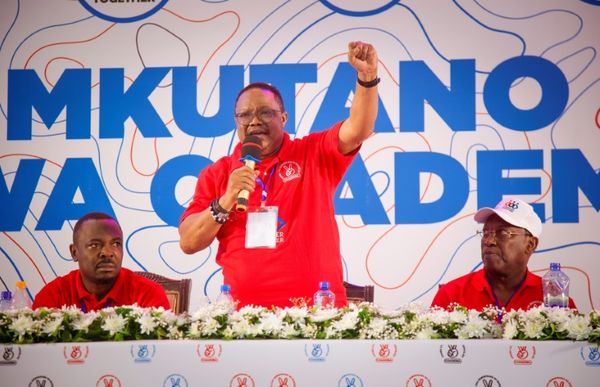
Turns out, the bonds formed during that Zoom trivia night didn’t quite stick; workers haven’t been this unengaged in a decade.
To use the much-maligned term, everyone is quiet quitting. Yes, even fully remote workers, who saw an increase of four percentage points in quiet quitting, per recent data from Gallup. It might lend some credence to the pro-office brigade, which counts Elon Musk, Jamie Dimon, and David Solomon among its staunchest proponents.
They may seem to be winning the return-to-office war, with office occupancy topping 50% for the first time since the pandemic began, but it could backfire in the end. That's because mandating workers to return to the office isn’t the way to fix depressed engagement. Gallup found that the sharpest decline in employee engagement was actually among those in remote-ready roles who were working fully in-person: Engagement dropped by five percentage points, and their “active disengagement” grew by seven percentage points.
Gallup measured engagement by asking 15,000 workers about different workplace elements—like productivity, opportunities for development, and overall well-being—that Gallup correlates with organizational outcomes.
Before the pandemic came along, employee engagement was on a decade-strong hot streak in the U.S., hitting a record high in 2019. But since then, things have been going downhill. The annual rate of engaged employees dropped from 36% in 2020 to 32% in 2022. Last year, nearly one-fifth of employees (18%) were actively disengaged. The ratio of engaged to actively disengaged U.S. workers was 1.8 to 1, the lowest ratio since 2013.
Organizational satisfaction, clarity of expectations, opportunities to do what you do best, and feeling connected to the organization’s mission or purpose also "declined substantially" over the past three years.
While every disengaged worker looks different, they’re united by their disgruntlement and disloyalty, Gallup writes, because most of their workplace needs, such as feeling cared about or being given ample advancement opportunities, are "unmet.”
Embrace flexible work and focus on manager-employee connections
Younger workers have become less engaged than their more seasoned counterparts, Gallup found. Gen Z and millennial engagement dropped by four percentage points during the pandemic, while that of workers 35 and over decreased by only two percentage points.
They were less likely to report having a best friend at work, feeling like their opinions matter, or having someone at work who encourages their development. And women were more likely to become disengaged than men.
But Gallup says getting them back on board is far from a lost cause—you just have to look outside the office. Companies that bucked the trend and reported much higher engagement embraced flexible work while prioritizing strong manager-employee connections.
If companies fail to embrace hybrid work for employees in remote-ready jobs, they’ll face “an uphill battle in attracting and retaining star employees," Gallup writes. The proper mix of in-person time—Gallup recommends suggesting but not mandating Tuesdays, Wednesdays, and Thursdays—results in the highest engagement levels, it found.
The best companies kept “performance, collaboration, employee well-being, and the customer at the center of how work gets done,” Gallup wrote. “And most importantly, they equipped their managers with the tools to have ongoing meaningful conversations with employees.”
Another word of advice from Gallup : Managers should have one meaningful conversation per week with each direct report about their goals and well-being. This is the best shot at keeping them connected and driven, and it’s the one single habit that "develops high-performance relationships more than any other single leadership activity.”
Just keep those conversations to 30 minutes max, Gallup advises; no one likes a needlessly long meeting.







